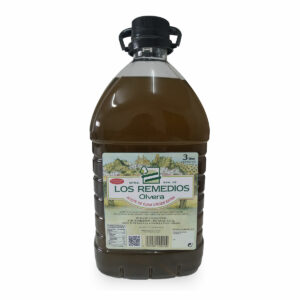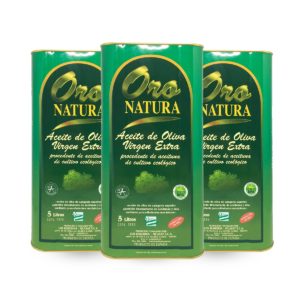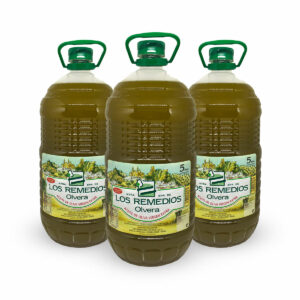The Cluster Moth or Prays (Prays Oleae), it is a grayish microlepidopteran, whose only guest is the olive tree. Presents three generations throughout the year, affecting different organs of the plant depending on the time of appearance:
1.- Philosopher Generation: feeds on the leaf, leaving characteristic grooves that thicken as the larvae grows.
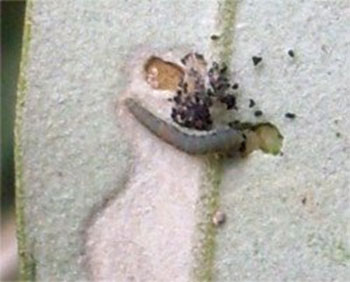
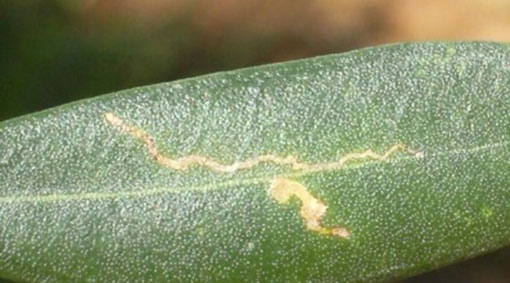
This generation occurs in the months of February and March, before flowering. It is a generation that does not usually cause great damage, so its control is practically anecdotal.
2.- Antófaga Generation: feeds on flowers by making a hole at the base of these through which to penetrate to feed. The adults lay the eggs near the peduncle of the small olives.
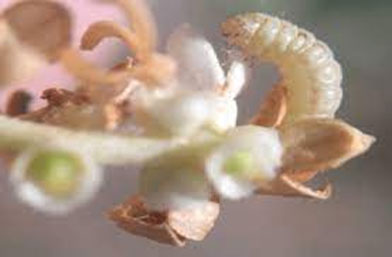
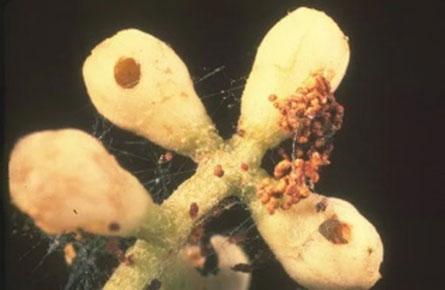
In this generation, the larvae can cause serious damage depending on the level of inflorescences that the olive tree has. Taking into account that of the total number of flowers fertilized in the olive grove, only one 2-3% will come to be collected, this generation can be considered an ally due to its natural thinning, mainly in olive oil mills. In olive groves, green olive is a pest that can cause a significant decrease in its production..
3.- Carpóphaga Generation: the larvae penetrate through the insertion of these and go to the central part of the fruit where they feed. It usually comes out where it penetrated and chrysalis.

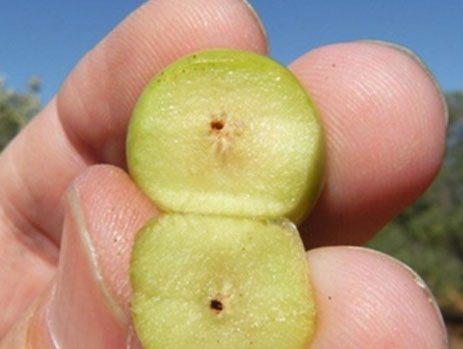
We meet this generation throughout the month of June, when the olive is the size of a pea and its control is recommended in both conventional and organic, when:
- let's have a 50% hatching of eggs.
- that the relative humidity has been greater than or equal to 60%.
- that the economic threshold justifies it (1/3 of the final production to be greater than or equal to twice the cost of the treatment).
For more information on the status of the pest and incidence in your olive grove as well as preparation of treatment orders, consult with Agronomic Technical Service from Picasat SCA Remedies, al 956 13 00 83 o by email to tecnico2@remediospicasat.com, ask for Antonio Gerena or Francisco Macho.



